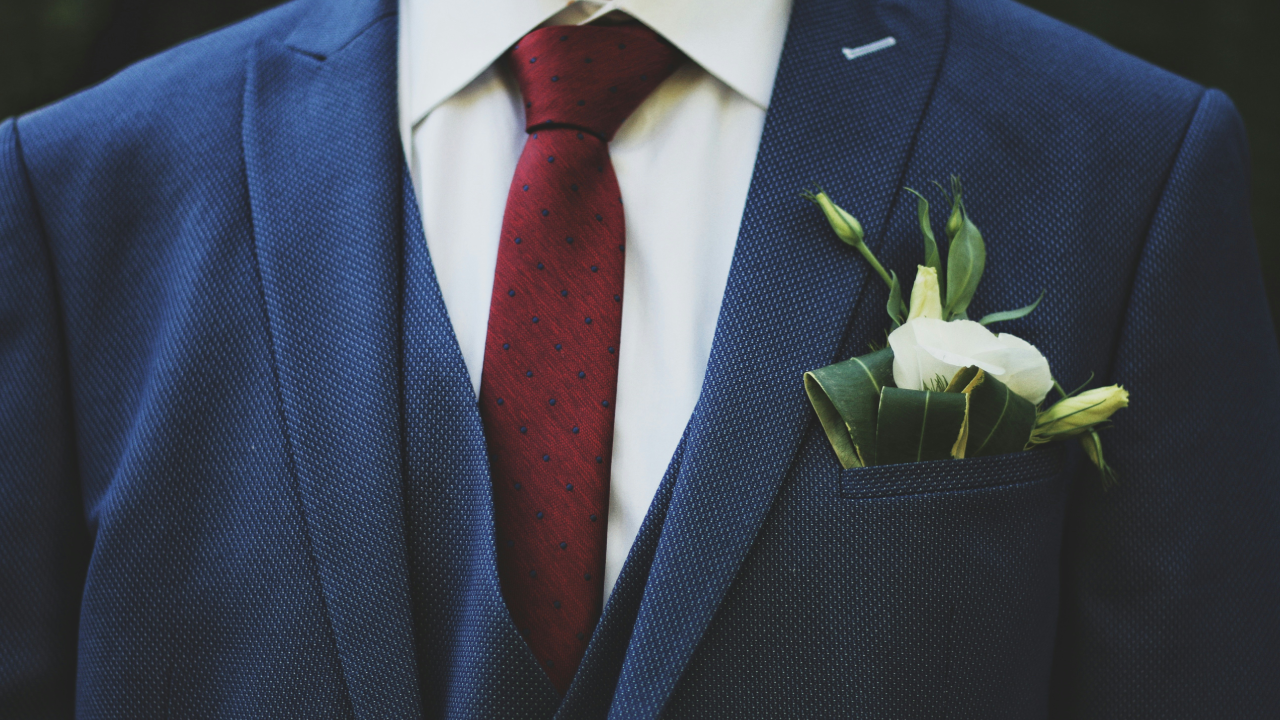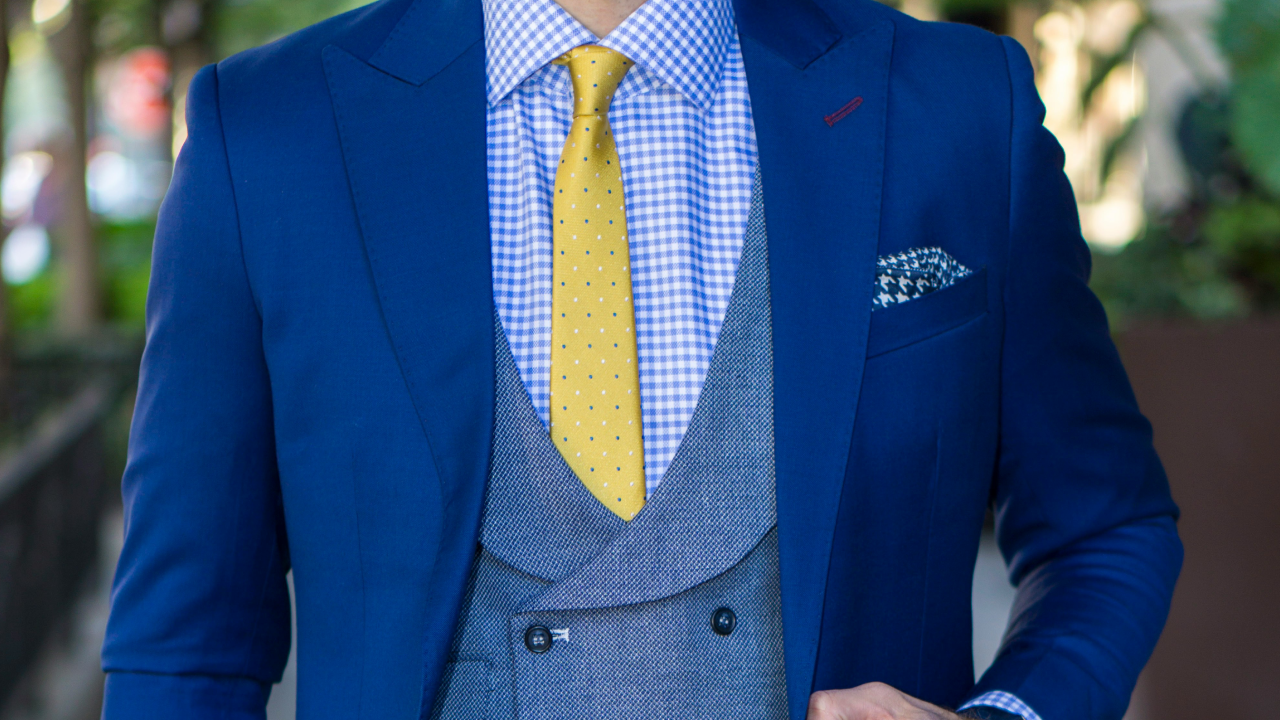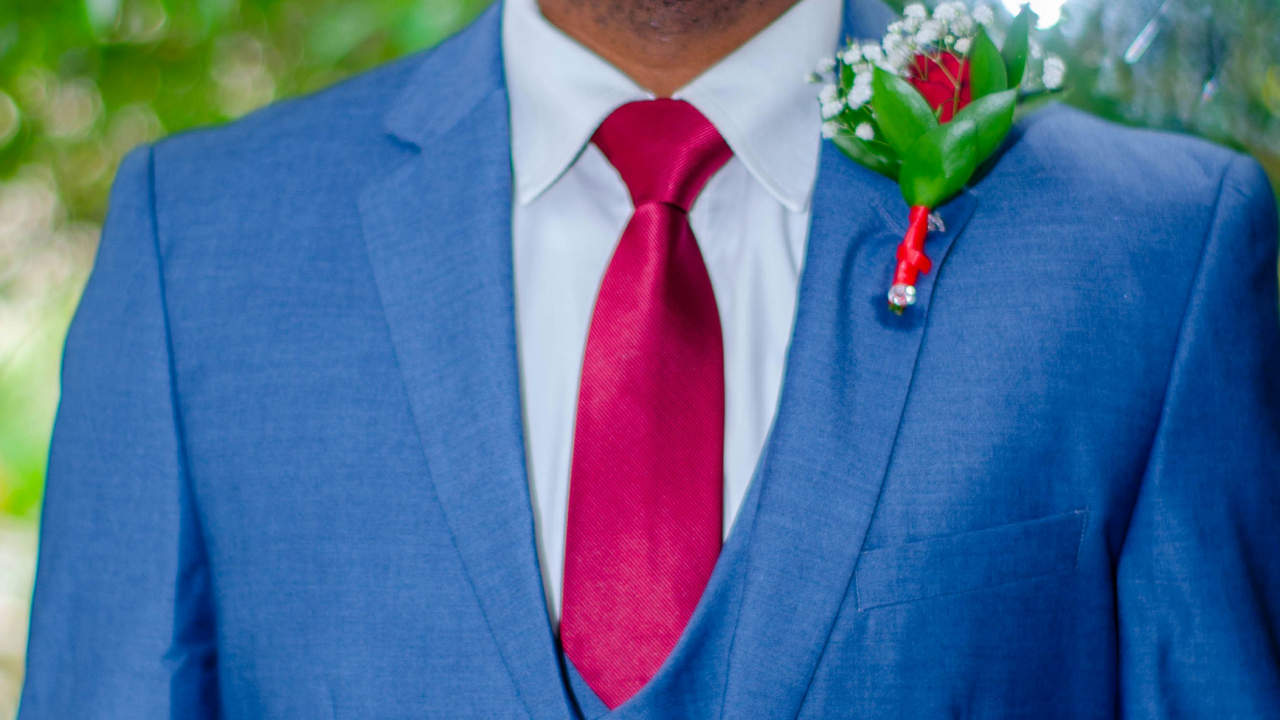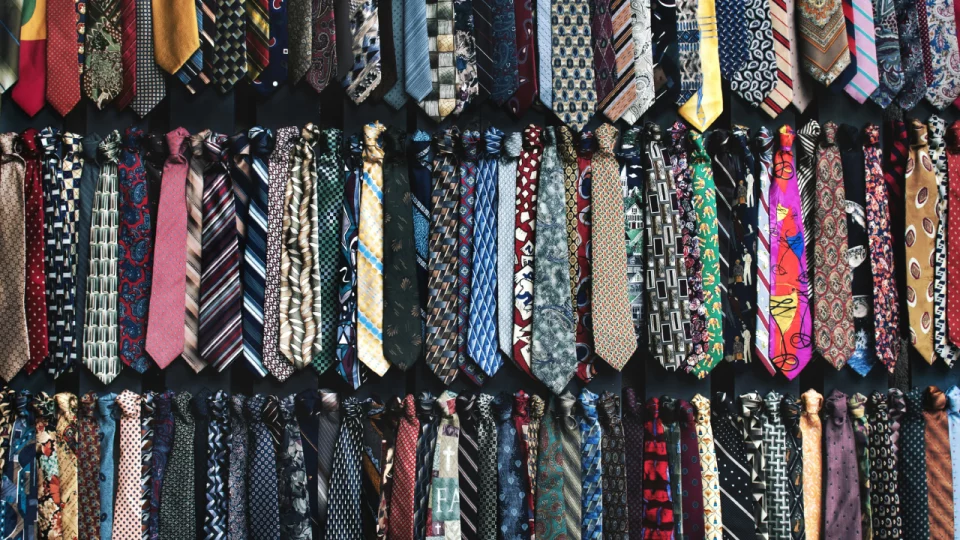In a world filled with dress codes and fashion etiquette, one detail that often gets overlooked but plays a significant role in completing an outfit is the tie. Whether you’re attending a wedding, a business meeting, or a fancy gala, the color of your tie can speak volumes about your personality, mood, and the nature of the event. Picking the right tie color for special occasions is more than just matching it with your suit. It’s about understanding the unspoken messages certain colors convey and how they fit the event at hand.
In this guide, we will explore the psychology behind different tie colors and offer advice on how to make sure you’re making the best choice for any occasion. Whether you’re dressing up for a wedding, a job interview, a formal dinner, or another special event, by the end of this article, you’ll know exactly what tie to wear for any situation.
Table of Contents
The Importance of Choosing the Right Tie Color
A tie is not just a piece of fabric hanging around your neck; it’s a statement. The color and pattern of a tie can transform your entire look, subtly expressing your personality, intentions, and mood. It’s a key accessory that can either elevate your outfit or clash with it, ruining the overall appearance.
Different occasions require different dress codes, and understanding what works best is crucial to avoid fashion faux pas. Whether the event is professional or personal, formal or casual, the right tie color can help you look polished, confident, and ready for the occasion.
Classic Tie Colors and Their Meanings
Before diving into specific occasions, let’s take a look at some of the most common tie colors and the psychological and cultural associations behind them.
1. Red Ties: The Power Tie
A red tie is often referred to as a “power tie,” and for good reason. Red symbolizes strength, authority, passion, and energy. It is a bold choice that conveys confidence and assertiveness, which makes it a popular choice for high-stakes situations like important meetings, presentations, or political appearances.

Best Occasions:
- Business meetings
- Political events
- High-profile interviews
- Formal dinners where you want to make an impression
Avoid at:
- Funerals or somber events
- Casual settings (unless toned down with a muted shade)
2. Blue Ties: Trust and Calm
A blue tie, especially a navy one, represents calmness, trust, and professionalism. Blue is one of the most versatile and universally flattering colors. It conveys a sense of stability and reliability, which is why it’s a popular choice for job interviews, corporate events, and everyday business attire.
Best Occasions:
- Job interviews
- Professional settings
- Networking events
- Weddings (especially for a relaxed or beach theme)
Avoid at:
- Events where a bold or celebratory color is expected
3. Black Ties: Timeless Elegance
The black tie is a symbol of sophistication and formality. Traditionally associated with black-tie events, this color is ideal for very formal occasions like galas, weddings, and awards ceremonies. Black ties can also be worn at somber events, such as funerals, where a subdued and respectful appearance is necessary.
Best Occasions:
- Black-tie events
- Formal weddings
- Funerals
- Award ceremonies
Avoid at:
- Daytime events (unless required)
- Casual settings
4. Silver and Gray Ties: Sophistication and Neutrality
Silver and gray ties offer a sense of understated elegance. They are neutral, versatile, and sophisticated, making them an excellent choice for formal events where you don’t want to overpower your outfit with bold colors. Silver ties, in particular, are often worn at weddings and upscale events, while gray ties can be a staple for both professional and formal occasions.
Best Occasions:
- Formal weddings
- Galas
- Business meetings
- Corporate events
Avoid at:
- Casual or playful events
5. Yellow and Gold Ties: Optimism and Success

Yellow and gold ties evoke feelings of optimism, warmth, and success. They are bright, cheerful, and attention-grabbing, making them a great choice for celebratory events or summer weddings. However, due to their vibrant nature, these colors should be worn sparingly and paired with a more subdued outfit to avoid looking too flashy.
Best Occasions:
- Summer weddings
- Daytime events
- Casual business meetings where a playful approach is appropriate
Avoid at:
- Serious, formal, or somber occasions
6. Green Ties: Growth and Balance
Green is a color that symbolizes growth, balance, and harmony. A green tie, particularly in shades of emerald or forest green, can make a sophisticated and unique statement at formal events. Lighter shades of green, like mint or pastel, are excellent for outdoor events or casual settings, while darker greens work well in more professional environments.
Best Occasions:
- Outdoor weddings
- Daytime events
- Spring and summer gatherings
Avoid at:
- Ultra-formal or serious events
7. Purple Ties: Royalty and Creativity
Purple has long been associated with royalty, luxury, and creativity. A purple tie can be a great way to show off a bit of personality while still maintaining a formal or semi-formal appearance. Deep shades like plum or violet are perfect for evening events or winter weddings, while lighter shades of lavender are ideal for spring or summer occasions.
Best Occasions:
- Evening weddings
- Creative industry events
- Semi-formal gatherings
Avoid at:
- Somber or conservative events
8. Pink Ties: Playfulness and Romance
Pink ties are often associated with romance, love, and playfulness. They are a popular choice for weddings, especially in the spring and summer months. While a bright pink tie can add a fun pop of color, softer shades like blush or rose are more appropriate for formal events.

Best Occasions:
- Weddings (especially spring or summer)
- Valentine’s Day events
- Casual business settings
Avoid at:
- Highly formal or conservative environments
9. Patterned Ties: Personality and Style
While solid-colored ties are classic and versatile, patterned ties add a touch of personality and style to your outfit. Stripes, polka dots, paisleys, and geometric patterns can be used to express creativity and individuality. However, it’s essential to choose patterns that complement your suit and the occasion. Generally, for formal events, subtle patterns are best, while bolder patterns can work for more casual or creative settings.
Best Occasions:
- Casual business meetings
- Creative industry events
- Semi-formal gatherings
Avoid at:
- Ultra-formal or conservative occasions
Tie Color Selection for Specific Occasions
Now that we’ve covered the meanings behind various tie colors, let’s break down how to choose the right tie color for specific special occasions.
1. Weddings
When attending a wedding, it’s essential to consider the theme and color scheme of the event. Your tie should complement your outfit without overshadowing the wedding party’s attire. For instance, if the wedding has a soft, pastel theme, a bright red tie might clash with the overall aesthetic. Instead, opt for lighter shades like pink, lavender, or silver. For evening or winter weddings, darker colors like navy, deep purple, or emerald green are excellent choices.
If you’re part of the wedding party, follow the dress code or the color palette provided by the couple. In many cases, the groom and groomsmen wear matching ties that align with the wedding’s color scheme.
Recommended Colors:
- Spring/Summer: Pastels like pink, lavender, mint, or sky blue
- Fall/Winter: Darker shades like navy, burgundy, or forest green
- Formal weddings: Black, silver, or gray ties
Avoid:
- Bright, attention-grabbing colors unless specified
- Loud patterns that clash with the wedding’s theme
2. Job Interviews
When dressing for a job interview, it’s crucial to strike the right balance between professionalism and personality. A tie that’s too bold may come off as overly assertive or distracting, while a dull tie could make you appear too conservative. Stick to neutral and conservative colors that inspire confidence and trust, such as navy, gray, or dark blue.
If you’re interviewing for a creative position, you can afford to experiment with patterns or a pop of color, like a burgundy or green tie, to showcase your personality. However, always ensure that the overall look remains polished and professional.
Recommended Colors:
- Navy blue (trust and professionalism)
- Dark gray or silver (neutral and sophisticated)
- Burgundy (assertive without being overbearing)
Avoid:
- Bright colors like red or yellow, which can be too distracting
- Flashy patterns
3. Funerals
Funerals are somber events, and your attire should reflect respect and dignity. A black tie is the most traditional and appropriate choice for a funeral. However, dark shades like charcoal gray or navy blue are also acceptable if you prefer a more subtle look. Avoid bright colors, bold patterns, and anything that could be perceived as disrespectful.
Recommended Colors:
- Black (traditional and respectful)
- Charcoal gray or navy blue (subtle alternatives)
Avoid:
- Bright colors
- Patterns or loud designs
4. Formal Galas and Black-Tie Events
For formal galas and black-tie events, your outfit should exude elegance and sophistication. A black tie is the most traditional choice, but depending on the dress code and personal preference, you can opt for a dark navy or deep burgundy tie to add a slight variation to the classic look. Avoid flashy colors and loud patterns in these highly formal settings.
Recommended Colors:
- Black (timeless and formal)
- Dark navy or deep burgundy (slight variation for a polished look)
Avoid:
- Bright or bold colors
- Patterned ties (unless subtle and elegant)
